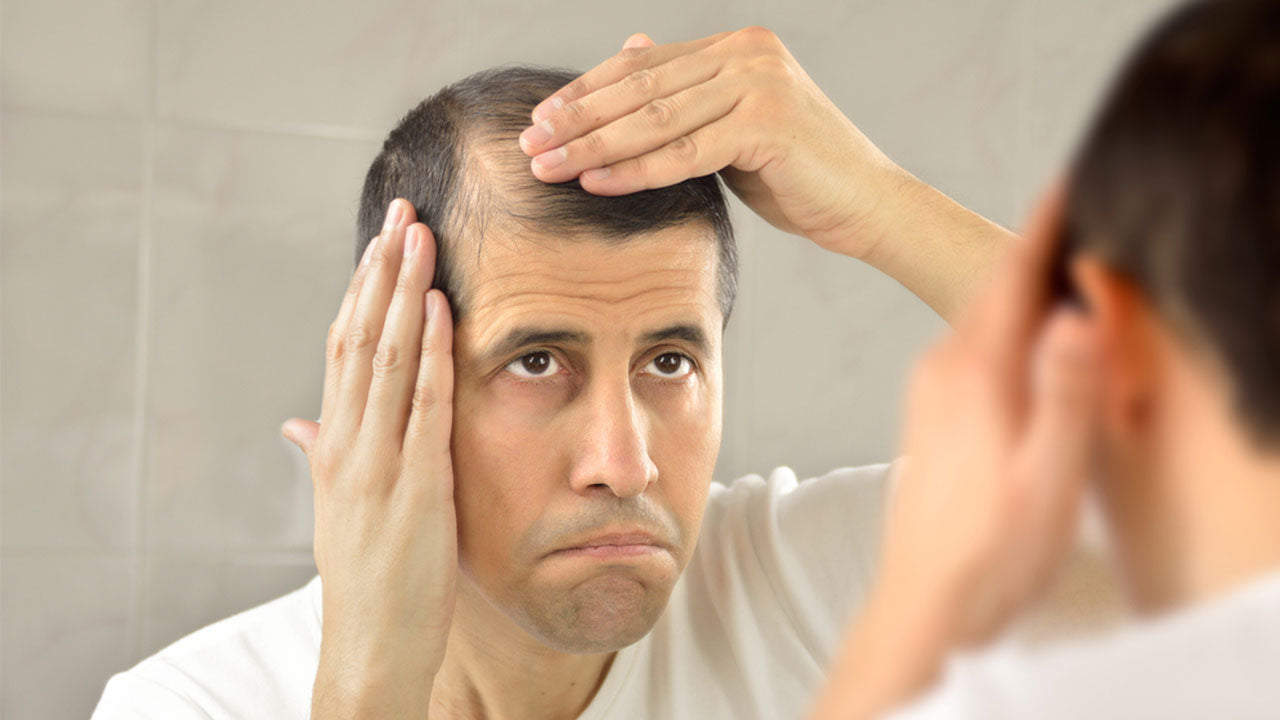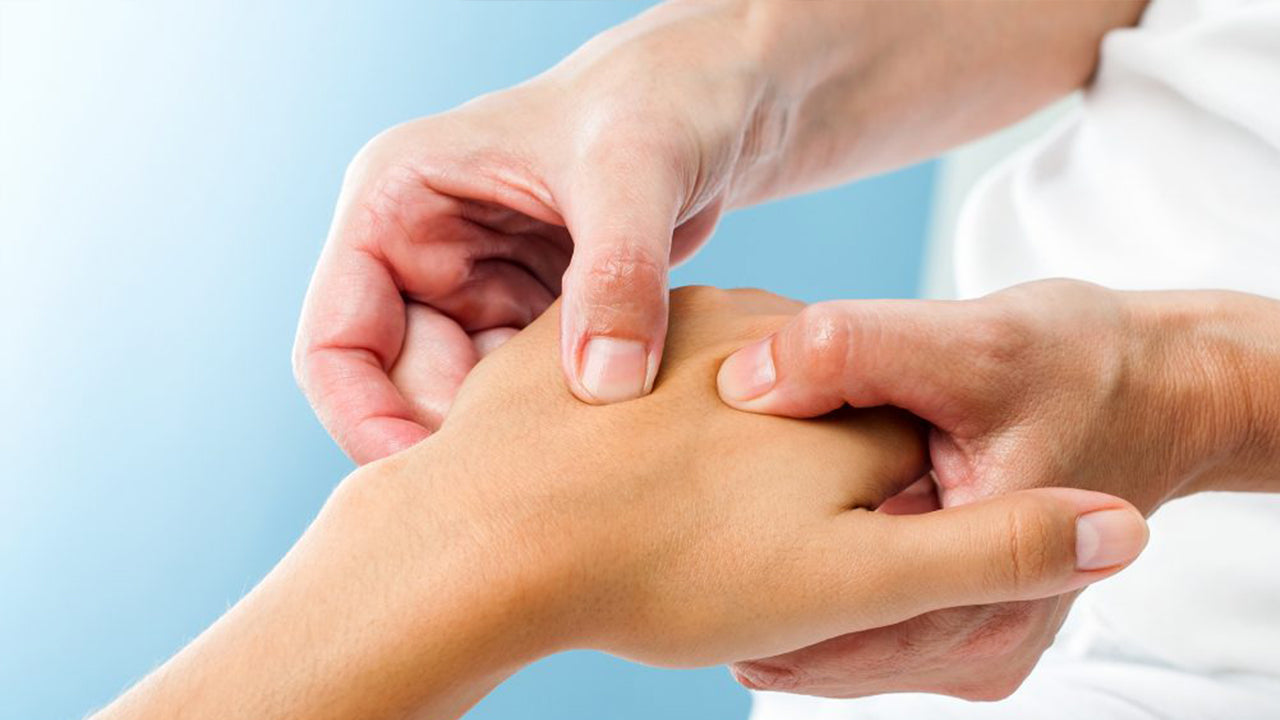Female Athlete Triad: A Medical Syndrome of 3 Conditions
 By: by Amino Science
By: by Amino Science

Since Title IX was signed into law in 1972, the number of female athletes has only grown. Whereas boys’ participation in high school sports outnumbered girls’ 12 to 1 right before the enactment of the law that prohibits sex discrimination in federally funded education programs, 2018 saw that gap close to just 3 to 1. Unfortunately, this rise in gender equity has also brought with it an increase in the condition known as the female athlete triad.
In this article, we’re going to take a look at female athlete triad and discuss how to recognize the symptoms as well as what can be done to treat and prevent this serious disorder.
What Is Female Athlete Triad?
As the name suggests, the female athlete triad isn’t just one disorder but rather a trio of interrelated medical conditions. The components of the triad are:
- Low energy availability, with or without disordered eating
- Menstrual dysfunction
- Low bone mineral density (BMD)
Among other factors, the components of the female athlete triad may occur as a result of excessive exercise or restricted food intake. Left untreated, female athlete triad can lead to a number of serious medical conditions, including cardiovascular issues, mental health disorders, infertility, and decreased bone strength.
Low Energy and Disordered Eating
Energy deficiency is the main symptom seen with the female athlete triad and is the result of an imbalance between energy intake and energy usage. While abnormal eating habits such as binge eating, followed by extreme dieting, or eating disorders such as bulimia nervosa or anorexia nervosa may be the direct cause of energy deficiency, a regular diet that provides sufficient dietary energy under normal circumstances can lead to the same outcome when coupled with excessive exercise.
Menstrual Dysfunction
A lack of available energy in turn affects the menstrual cycle, as hormone production is dependent on a sufficient intake of calories. Depending on the severity of the energy deficiency, the dysfunction can appear as irregular menstrual periods or even amenorrhea—the absence of menstruation. Over time, decreased levels of hormones and the menstrual disturbances they cause can lead to the third member of the triad: low BMD.
Low BMD
The hormone estrogen is vital to bone production. But the poor eating behaviors that lead to menstrual irregularities and amenorrhea necessarily affect estrogen levels as well. When low estrogen levels are combined with inadequate nutrition, including poor vitamin D and calcium intake, the body can’t replace old bone cells with new ones, and low bone density, stress fractures, and even osteoporosis may result.
Young athletes need to be especially aware that disruptions in bone formation during the body’s peak bone-building years—between puberty and approximately age 20—can cause bone loss that leads to permanently weak bones and thus an increased risk of fractures later in life.
Risk Factors for Female Athlete Triad
While any competitive female athlete can develop the triad, women and girls who participate in sports with weight classes or those that encourage a lean body type—for example, rowing, gymnastics, and figure skating—may be most at risk. Additional factors that may put a female athlete at increased risk of the female athlete triad include:
- Frequent weigh-ins
- Punishment for weight gain
- Pressure from parents or coaches
- Low self-esteem
- Depression
- Social isolation

Signs and Symptoms of Female Athlete Triad
Female athletes with the female athlete triad may display the following signs and symptoms:
| Obsession with food, dieting, and body image | Excessive exercise |
| Fatigue | Weight loss |
| Irregular or missed periods | Stress or osteoporotic fractures |
| Frequent bathroom trips during meals | Laxative or diet pill use |
| Binge eating | Self-induced vomiting |
| Worn tooth enamel and cavities | Brittle hair and nails |
| Cold sensitivity | Chest pain |
Diagnosing Female Athlete Triad
The female athlete triad is a serious condition, and women and girls with signs and symptoms of the disorder should be seen by their health care provider for a full evaluation. After conducting an interview to discuss exercise and eating habits, menstrual periods, medication use, and the athlete’s feelings regarding her body, a complete physical examination will then be performed.
Blood tests to check for markers of the disorder, including altered hormone and iron levels, will also be carried out, and scans to evaluate bone density may be recommended as well.
Treating and Preventing Female Athlete Triad
If you or someone you love has been diagnosed with female athlete triad, treatment will be based on the severity of the condition. For athletes in the early stages of the disorder, your health care provider, usually in consultation with a dietitian, will recommend dietary changes to improve nutritional status.
Women and girls with low body weight who are being treated for the female athlete triad don’t need to stop exercising, though your treatment team will work together to set a target weight, and physical activity levels should be decreased while weight is being monitored.
In addition, the American College of Sports Medicine position stand recommends that female athletes with eating disorders be referred to a mental health professional who specializes in treating the female athlete triad to work through their body image issues.
Ultimately, the goal of treatment is for the patient to learn how to balance her physical activity level with her caloric intake to maintain a healthy weight and to put her focus on optimal health and performance instead of weight loss. Doctor-developed athletic performance supplements designed to increase energy and build muscle can help.
Amenorrheic athletes who don’t see a return of normal menstrual function even with proper nutrition may also be prescribed oral contraceptives to help regulate their menstrual cycles and improve bone health.
More and more young women and girls are putting their long-term health at risk in pursuit of an unhealthy body image, and female athletes are no exception. Sadly, a study involving Division 1 National Collegiate Athletic Association (NCAA) athletes found that more than a third of female participants reported symptoms and attitudes that put them at risk of anorexia.
Studies like these emphasize the importance of educating parents and coaches as well, as even offhanded remarks regarding weight and performance can lead to excessive dieting and exercise in athletes. In fact, one small study found not only that all participants were regularly dieting, but also that 75% who’d been told by their coaches they were overweight used disordered behaviors to control their weight.
If you or someone you love is suffering from symptoms of the female athlete triad—or you merely suspect that something’s wrong—please speak with your doctor right away. The health consequences of this serious disorder are very real, and the earlier it’s treated, the better the long-term outcome will be.

Up to 25% off Amino
Shop NowTAGS: conditions
Join the Community
Comments (0)
Most Craveable Recipes




 833-264-6620
833-264-6620



















